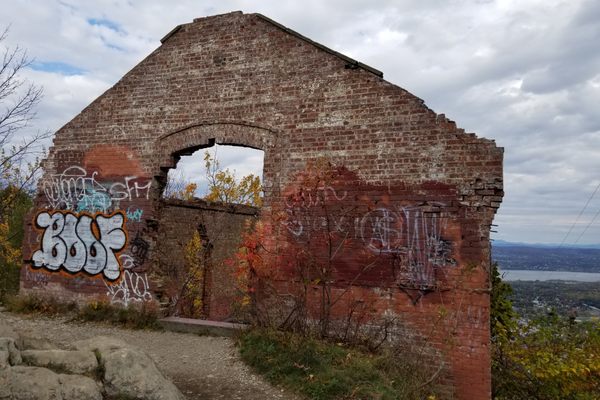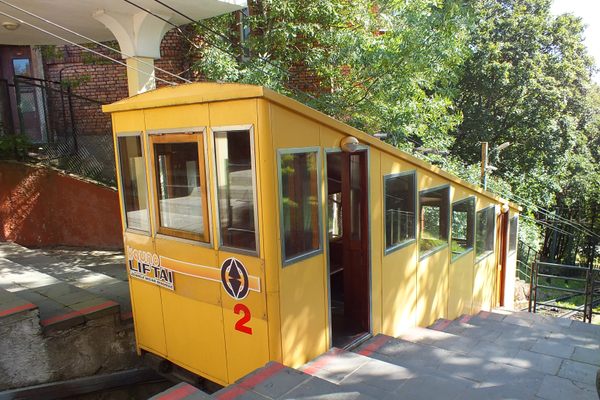About
This short railway has served Istanbul’s residents and visitors since the late 19th century. It is the oldest existing underground train in continental Europe, and second-oldest in the world after the London Underground.
In the mid-19th century, the Ottoman Empire was opening to international trade and many Europeans began to settle in the then capital. Many of them lived in the Pera neighborhood (today known as Beyoğlu), where residences, luxury hotels, and embassies were located at the top of a steep hill, and the banks, warehouses, and exchange offices where many Europeans worked were located at the base, closer to the ports lining the Golden Horn.
When the French engineer Eugène-Henri Gavand first arrived in Istanbul in 1867, he was surprised to see how many people trekked down and up the steep hill on Yüksek Kaldirim Avenue every day. He thought a funicular railway would make the trip easier.
Gavand returned to France to prepare his project, and in 1869 presented it to Sultan Abdelaziz. The project was approved but delayed for several years during the Franco-Prussian War. Construction resumed after the war and Tünel opened to the public in January 1875.
At that time, the train consisted of a steam engine pulling two wooden cars. The first car held passengers, while the second was used to transport goods livestock and carriages.
The line was closed for modernization in 1968, reopening in 1971 with electric power and steel cars. It continues to operate today. The Tünel is part of the historic city’s transportation network, moving about 12,000 people between the Karakoy and Beyoğlu stations every day.
Related Tags
Know Before You Go
You can access the Tünel from the Karakoy and Beyoğlu stations. Karakoy station is close to Galata Bridge, which crosses the Golden Horn.
Community Contributors
Added By
Published
November 1, 2019














































